Workplaces in Energy sector roles pose several slip, trip and fall risks. This is largely due to the fact these environments often feature surfaces which are easily contaminated as well as different types of surfaces, plus the fact employees are frequently changing levels due to working at height.
In this blog, we’ll explain why these surface features can cause slips, trips and falls, and if you’re a Health and Safety manager in charge of a team working in the Energy sector, you’ll find out how the right type of grip can reduce or prevent these accidents.
SLIPPERY SURFACES
The latest HSE statistics show slips, trips and falls on the same level remain the leading cause of non-fatal injury to workers, accounting for 32% of all injuries. However, in the Energy sector, these risks are arguably greater, because surfaces common to these roles can become even more slippery, as they’re often:
- Made slick by the rain and ocean or other contaminants such as oil from leaking equipment and machinery lubrication
- Smooth surfaces with little or no grip such as Kennedy Grating and Chequer plating
CHANGE OF SURFACE TYPE
The HSE also state: “Changes in floor surface can cause stumbles and slips.” Changing surface types can lead to accidents because different surfaces have different levels of grip – and there are multiple surface types in Energy roles. For example, a powerplant operator might move from painted concrete onto Kennedy grating, or a wind turbine maintenance worker might transition from earth onto a chequer plating platform and then onto fibreglass.
This is a big risk, because the tread on their safety boots might be adequate for one surface but not the other.
CHANGES OF SURFACE LEVEL
2022 HSE statistics reveal:
- Falls from height was the most common cause of workplace death, making up 25% of all fatalities
- Ladders are responsible for 40% of those falls
This has significant safety implications for those working in Energy because whether they’re engaged in offshore drilling, wind farm maintenance or solar power installation, changes of level are everywhere. And changes of levels ladders and steps. And particularly when wet, they pose serious slip hazards.
Find out more about the risks of ladder and step work in this blog.
THE SOLUTION TO SLIPS – THE INTELLIGENT GRIP SYSTEMTM (IGS)
The IGSTM (Intelligent Grip System) was developed by V12 Footwear to give wearers working in high-risk slip roles such as those in the Energy sector targeted grip on slippery man-made surfaces. Here’s how.
SLIP-REDUCING GRIP
To combat slips on wet surfaces, the IGSTM features a water-dispersing hexagonal tread that quickly channels away liquid or contamination.
Additionally, if large teams are working on a plant floor, the increased footfall can lead to greater deposits of contaminants – so, the IGSTM’s water-dispersing tread goes a long way to increase safety for teams working on surfaces like open grating or painted concrete.
Tested for real-world safety
The IGSTM sole has been specifically tested on Kennedy Grating and Chequer plating, so if you’re looking to keep your team working on these common Energy industry surfaces safe, you can be confident they have excellent grip with this sole.
We even tested the IGSTM sole on drill mud, because we wanted to give teams working around this notoriously slippery substance even greater slip resistance peace of mind.
Find out how we tested the IGSTM on these surfaces and substance and how we faired against competitors common to the industry in this blog.
SLIP-REDUCING ANGLED HEEL
The IGSTM sole was developed with a 7° heel strike, which is the angle at which most slips occur. This innovative heel design gives the wearer greater stability because it increases contact with the ground, helping to reduce falls when the wearer is changing surfaces.
SLIP AND FALL-REDUCING LADDER GRIPS
The IGSTM features four strong ladder grips to keep wearers working at height fully firm-footed. If your teams spend a lot of their time up and down ladders, and you want to keep them protected from the biggest killer in the UK workplace, the IGSTM can significantly increase their ladder and step safety.
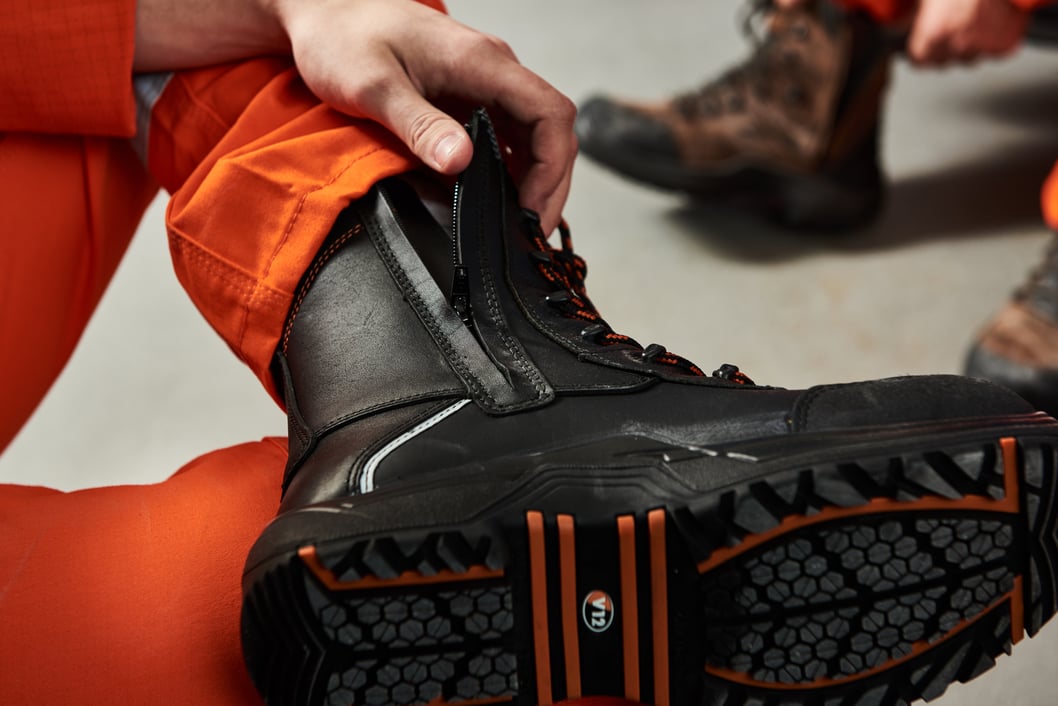 Ready for traction: The IGS sole unit's water-dispersing tread, ladder grips and angled heel.
Ready for traction: The IGS sole unit's water-dispersing tread, ladder grips and angled heel.
WE CAN IMPROVE YOUR TEAM’S SAFETY
If you need guidance on reducing slips in your workplace and getting the right safety boot solution for your workforce, we can help.
Using our extensive safety knowledge and expertise, we've worked with multiple companies including those in the Energy sector to reduce workplace accidents by advising them on the most appropriate safety footwear with our Foot Health and Safety Assessment. Click below to get in touch.

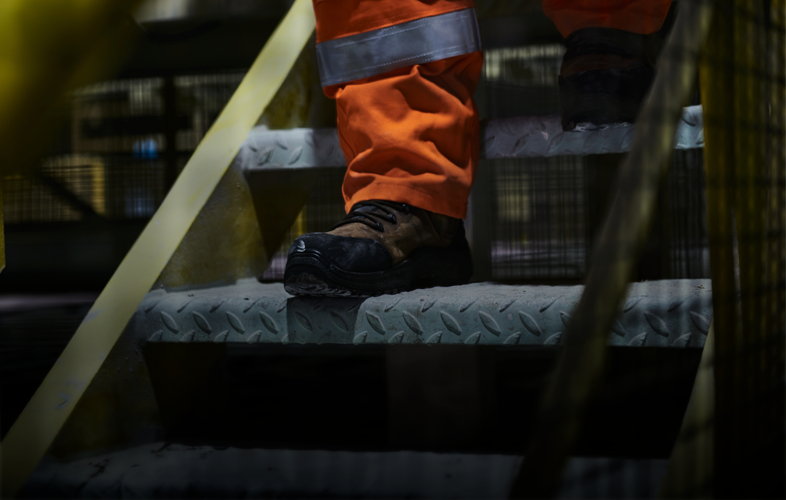
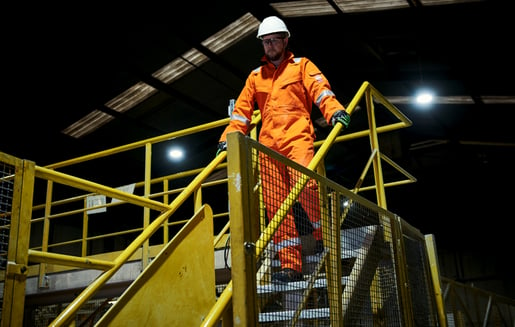
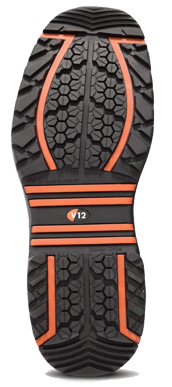

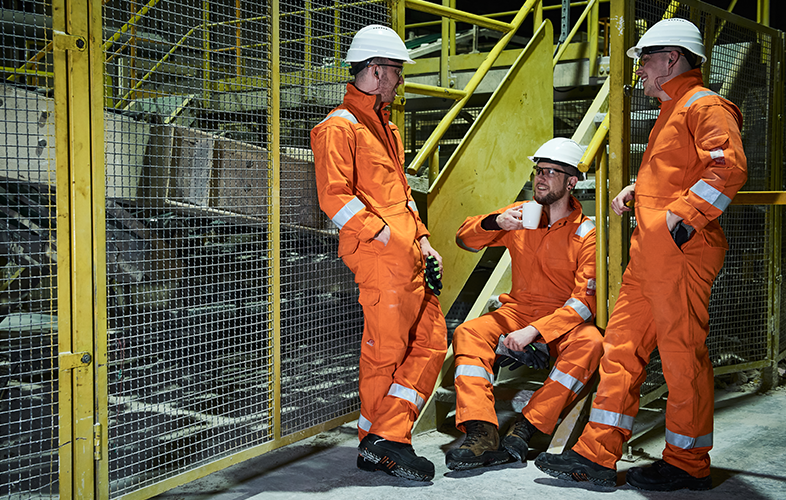
.png)
